Constance, located at the western end of Lake Constance and bordering Switzerland, has a rich history dating back to the Roman times. It was named Constantia after the Romans built a fortress there. For centuries, Constance was of major importance to the region, being the seat of a bishop and the intersection of important trade routes. During the Second World War, the city stayed largely unharmed, preserving its medieval characteristics. The city has a lot to offer to its visitors, including Mainau Island Gardens, a UNESCO site on Reichenau Island, the impressive Konstanz Cathedral, a medieval old town, and proximity to Lake Constance. If you are looking for ideas on how to spend two days in Constance, check out these suggestions.
Day One. Morning
Arrival by train. Visiting Reichenau and Marina.
Train station
The train station in Constance was constructed in 1863 and is a combination of neo-Gothic and Renaissance architecture. The neo-Gothic tower is modelled after the Palazzo Vecchio in Florence, highlighting the close ties between Constance and Florence in the Middle Ages. Its walls are decorated with pictures depicting the city. Constance has rail services to Karlsruhe via the Black Forest and is connected to the Swiss rail system with express services to Zurich and Lucerne.
After arrival, go to your hotel to obtain a Bodensee card for complimentary public transportation and leave your luggage. Afterwards, take a train and then a bus to Reichenau Island.
Reichenau
Reichenau, the largest island on Lake Constance and a UNESCO World Heritage Site, offers a variety of attractions, including an avenue of poplars and picturesque scenery. The island is home to the churches of St. Mary and Mark, St. Peter and St. Paul, and St. George. It also features four museum buildings, which, together with the three Romanesque churches mentioned above, provide an in-depth view of the island's religious history. The Old Town Hall houses the main museum, Reichenau, which was built between the 12th and 15th centuries and is one of the oldest half-timbered houses in Southern Germany. It is the ideal place to delve into the Middle Ages, with a particular focus on the monastery’s manuscript illumination tradition. Other exhibits outline the importance of the monastery church of St. Mary and Mark.
I only visited two churches, starting with St. Mary and Mark, close to the main museum.
It also has a vine cellar where you can buy Reichenau vines.
Another church I visited was St. Peter and St. Paul.
The Freizeit Centre is another must-visit destination where visitors can rent various boats and explore Lake Constance.
Day One. Afternoon
Explore Marina and Old Market Square. First, head to the Marina by walking through an underpass decorated with urban art.
Urban Art Gallery
Ten artists from Baden-Württemberg visited Constance to contribute to the redesign of the Markstätte underpass. The area was equipped with wooden frames to serve as a workspace and exhibition area for the artists' paintings and conceptual art. Carolin Kaiser from Mannheim, Christian Krämer from Karlsruhe, Marc C. Woehr from Stuttgart and Marija Ambrazeviciute from Offenburg created the first artworks. As an example, Marc C. Woehr provided clear boundaries for climate protection in his work, while Carolin Kaiser abstracted species diversity and biodiversity in her collage. Other artwork can be found in the same area.
Imperia
Imperia is a statue at the entrance of the harbour of Constance. Peter Lenk Bildhauer's sculpture features a woman holding two men in her hands. The two men represented are Pope Martin V and Emperor Sigismund. Both figures are depicted wearing only a crown and papal tiara. This sculpture, inspired by a short story by Balzac, commemorates the Council of Constance which took place from 1414 to 1418. By the way, Imperia was a real woman named Lucrezia de Paris, born in 1485 in Ferrara, who had no connection to the council. The statue is 9 metres high, weighs 18 tonnes and rotates on its pedestal every four minutes. Constance residents initially had difficulty embracing it, but it has now evolved into an emblem of the city.
Council building
The large stone structure with a sloping roof was the location of the only papal election conducted in Germany. Afterwards, it was used as a trading house. Since the start of the 20th century, the Council building has hosted concerts and events. The first floor of the building has a restaurant with a terrace overlooking Imperia and the lake.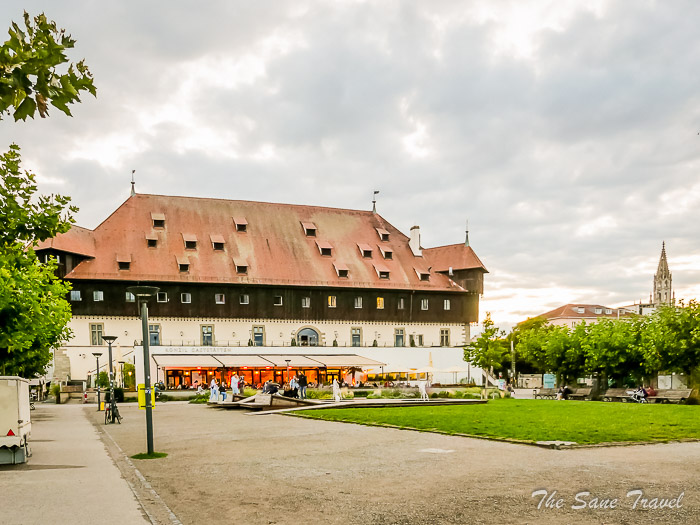
Imperial Fountain
The Imperial Fountain, or Kaiserbrunnen, was created by sculptor Hans Baur in 1897. Located at Marktstätte, the fountain was named for the four statues representing German emperors of past dynasties. The decorative figures were lost in the 1940s but were later redesigned by Professor Gernot Rumpf and his wife, Barbara. Two of the original emperors returned as caricatures, and Otto I was added. A three-headed peacock was also included as a symbol of the division in the Western church, alluding to the Council of Constance (1414–1418) when three Popes claimed the right to the Holy See. Go around the fountain and find other fascinating artworks there.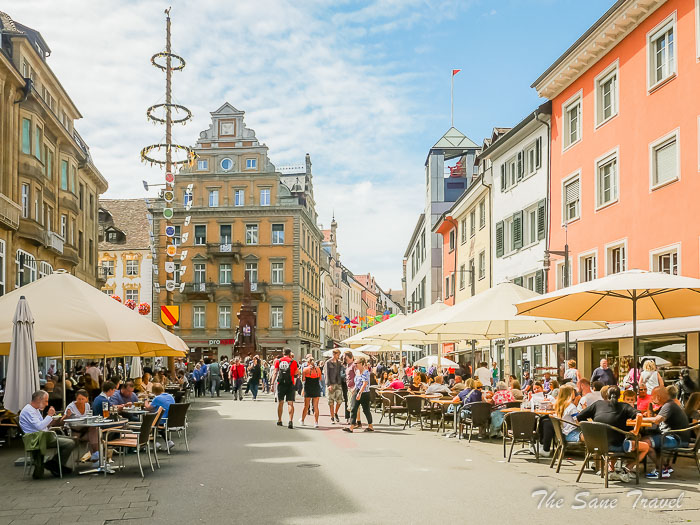
Day one evening. Relax in Bodensee-Therme.
Bodensee-Therme
Situated in close proximity to Lake Constance, Bodensee-Therme Konstanz offers a variety of amenities for relaxation and rejuvenation. It has both indoor and outdoor facilities, a thermal pool, a sauna area, and an open-air pool with warm temperatures, making it an ideal place for swimming and leisure. The spa provides something for everyone.
Address: Zur Therme 2
Day two. Morning. Take bus number 4/13 from the train station to Mainau Island. The ride will take less than 20 minutes.
Mainau Island
Mainau Island, located in Lake Constance, is a park and garden destination open year-round. Its 18th-century palatial baroque ensemble is home to one of Germany's largest butterfly houses and a collection of trees over 150 years old. Visitors can explore 45 hectares of gardens as well as shop and dine. Themed gardens include a Rhododendron Slope, an Italian Rose Garden, a Dahlia Garden, a Hydrangea Path, and a Herbaceous Garden. Over one million people visit Mainau annually, making it a popular attraction in the area. 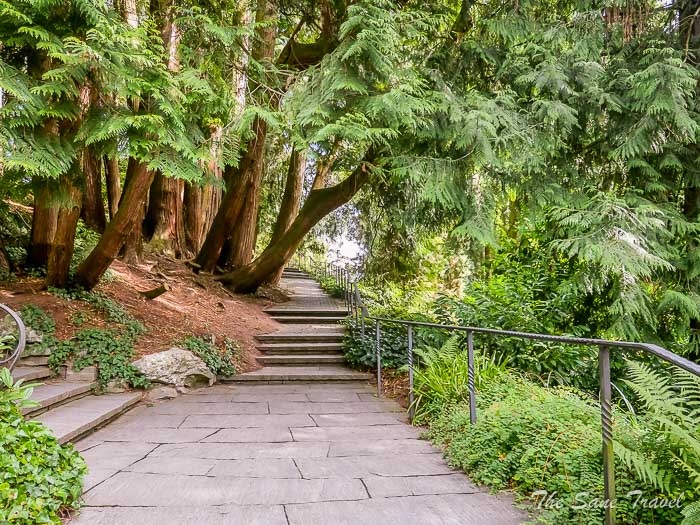
Practical tip: The place can get very crowded. If you want some solitude, make sure you get there by 9 a.m. The admission fee is relatively high, but it will be slightly cheaper if you purchase your ticket from the machine instead of at the ticket office.
Day two. Afternoon. Explore the old town and river banks on foot.
Konstanz Cathedral
Konstanz Cathedral is a highly significant historic and artistic site. Construction began in the 6th century and was completed in the 19th, resulting in a mix of Romanesque, Gothic, Baroque, and Classical features. Its crypt dates back to the 9th and 10th centuries and features four original gilded medallions. Inside, the noteworthy St. Maurice's Rotunda is a replica of the Church of the Holy Sepulchre in Jerusalem, and the decorative figures and frescoes from the Gothic and Renaissance periods are also worth seeing. The 76-metre-high tower offers views of the old town and Lake Constance from the top. The church was canonised in 1955 and was a popular pilgrimage destination in the Middle Ages.
Practical tip: If you want to climb the cathedral tower, check out its opening hours in advance. I was late. The cathedral was still open, but access to the tower was closed at 5 p.m.
St. Stephen's Church
St. Stephen's Church in Constance is a three-nave basilica with a lateral tower near the transition from the nave to the choir. It is commonly believed to have been constructed in the 7th century, though its present form is Late Gothic, and the interior has been renovated multiple times.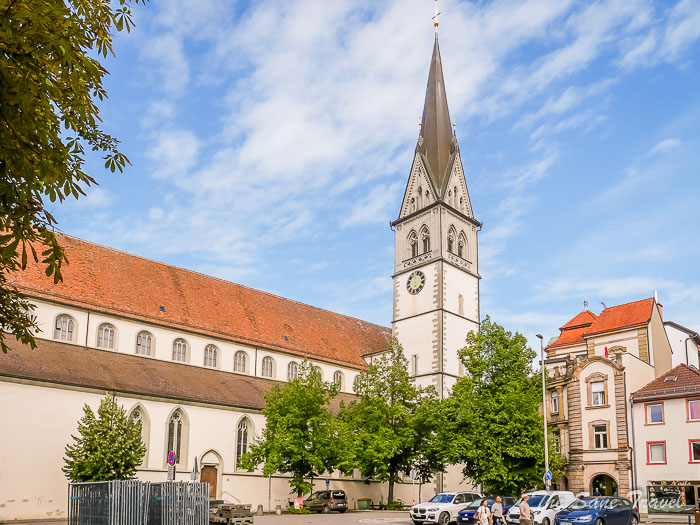
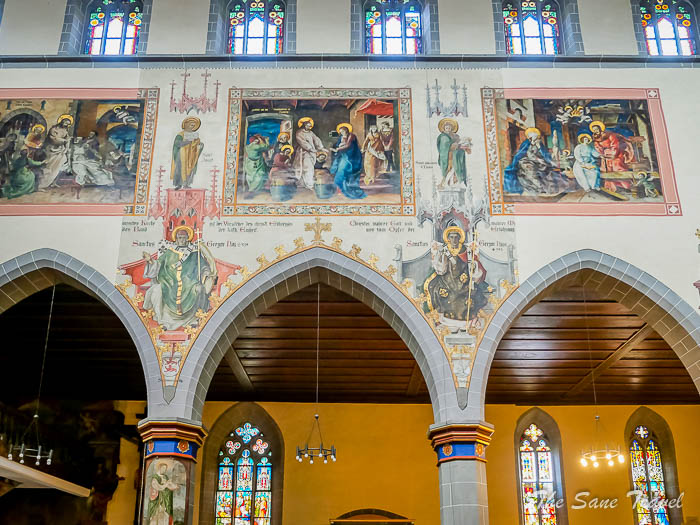
Old Town and Niederburg
The name 'Niederburg' translates to 'below the castle'. The Niederburg is located north of Konstanz Cathedral, which used to be the site of a castle. Anybody travelling into Constance through the only bridge across the Rhine had to pass through the narrow streets of this area. It was inhabited by craftsmen and fishermen in the past, and still today, the winding alleys with their half-timbered houses are a sight to behold. Currently, there are wine taverns and small shops in the area.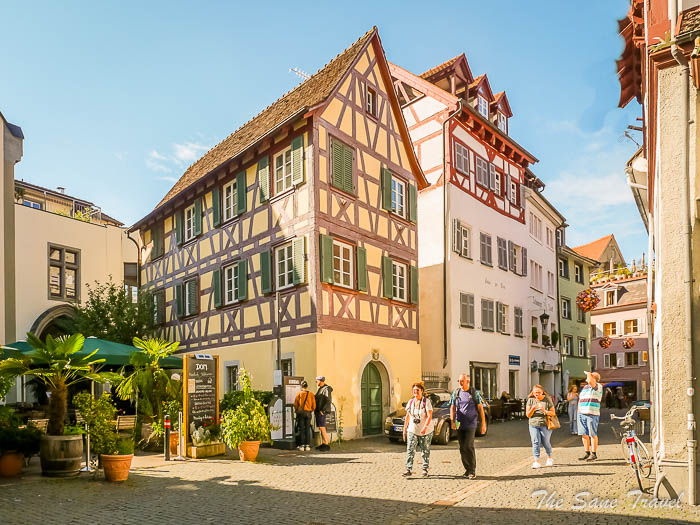
Tall House facade paintings
Built in 1295, the Tall House (Hohe Haus) was then the tallest secular building in the city of Constance. It has five floors and was commissioned by the Bishop of Constance, Heinrich von Klingenberg (Thurgau). The architecture is predominantly Gothic but retains some Romanesque elements from the original construction. Its facade features colourful frescoes, a commonly used art style during the Middle Ages.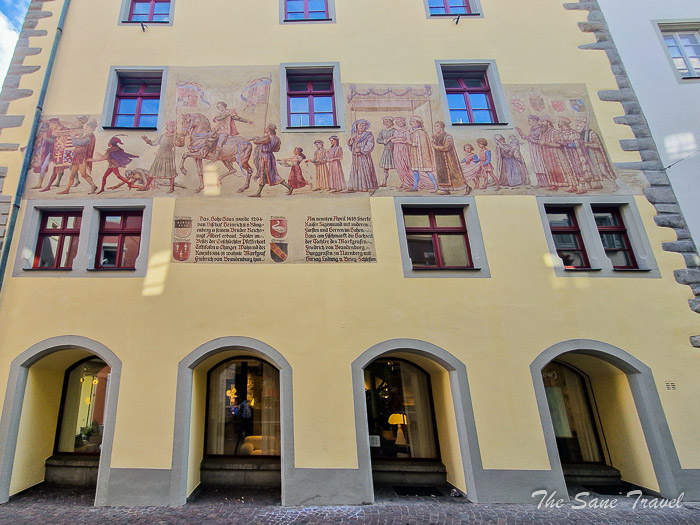
Address: Zollernstraße 29
Medieval tower house of golden lion
This house is an example of the residential towers built in the Middle Ages as protection against enemy attacks. The building features a painted facade from 1580.
Address: Hohenhausgasse 3a
Three towers
The Rheintorturm, Pulverturm, and Schnetztor are all remnants of the medieval city walls of Constance. The Rheintorturm, or Rhine Gate Tower, was built to protect the bridge over the Rhine and is 35 metres tall. It was once a witness to major historical events and now acts as decoration for the city. The tower also has an observation deck with impressive views of the Rhine and Lake Constance. 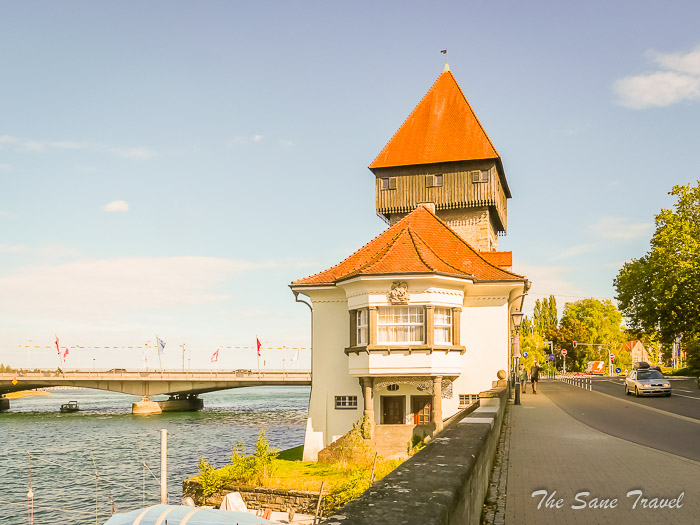
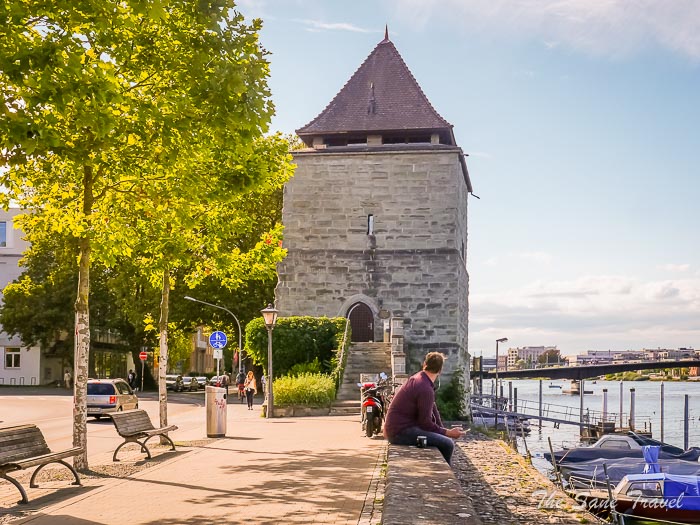
Where to stay
Hotel Alte Post
I stayed at Hotel Alt Post and recommend it to you too. The hotel is situated in the centre of the old town of Constance, with lots of restaurants, cafes and stores in the area. It is a short distance away from the lake and easily accessible from the train station. The hotel boasts a stylish design with elegantly furnished rooms that are soundproofed, air-conditioned and equipped with marble bathrooms, minibars, seating areas, amenities and in-room safes. All rooms are non-smoking, and free Wi-Fi is available throughout the premises.
Practical information
Visitors staying overnight in Constance receive the Bodenseecard West upon check-in. This card provides complimentary transportation around the Constance area, including Stein am Rhein and Überlingen, so you can explore the western side of Lake Constance at your own pace. Additionally, it offers a 20 percent discount on Untersee ferries as well as reasonable bicycle and boat rental rates and reduced admission fees to museums. You can easily travel from site to site by bus, train, or boat.
Like it? Pin it!
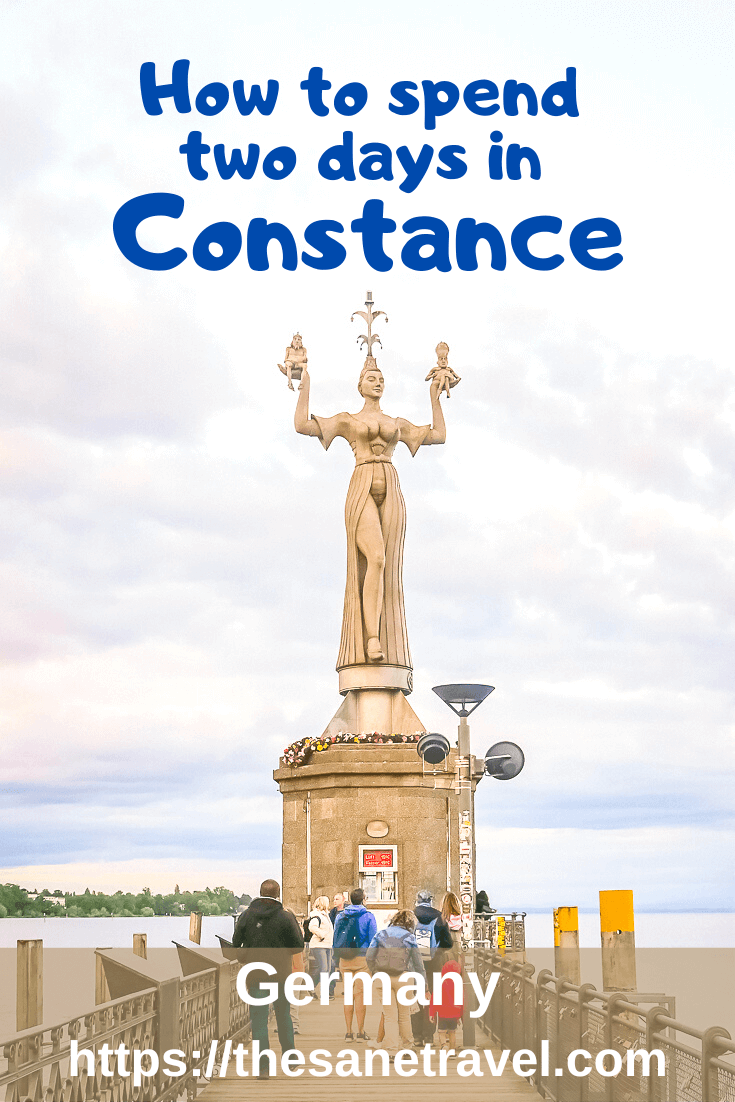
What did you think? Have you been to Constance? I would love to hear from you, so please add your comment below.
Author: Anita Sane

About the author
Anita is a part-time traveller, passionate photographer and a retired career woman from Latvia, travelling mostly solo for more than 15 years. She is a skilled travel planner who plans and executes her travels by herself. Anita wants to show you how to travel the world and open your mind to new experiences. Follow her on Facebook, Instagram, Pinterest, Twitter and Bloglovin.

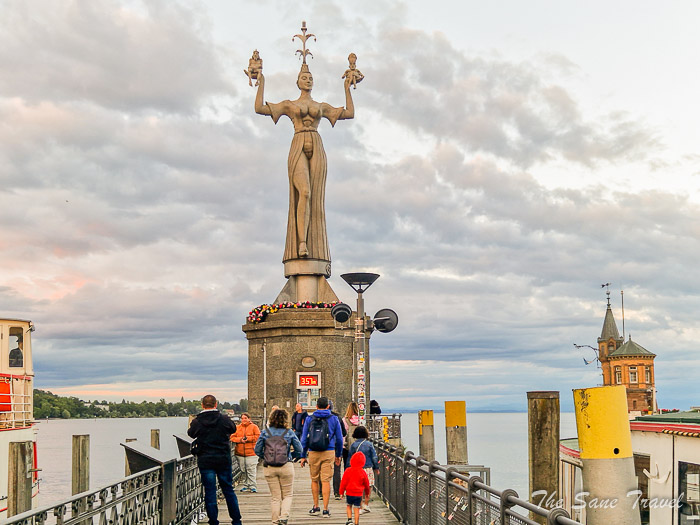
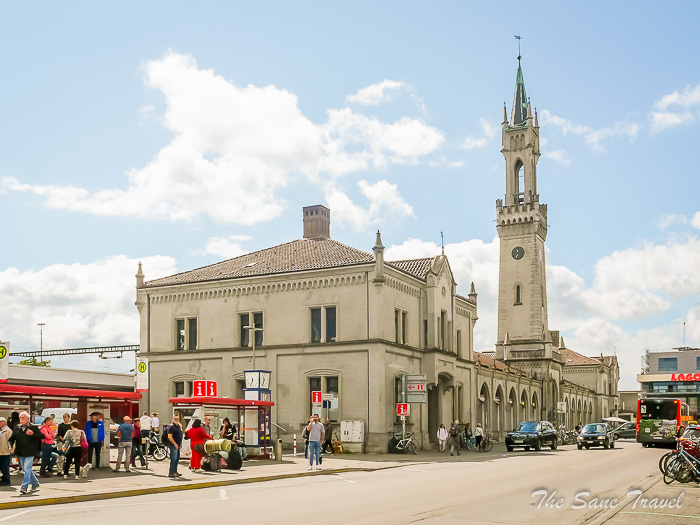
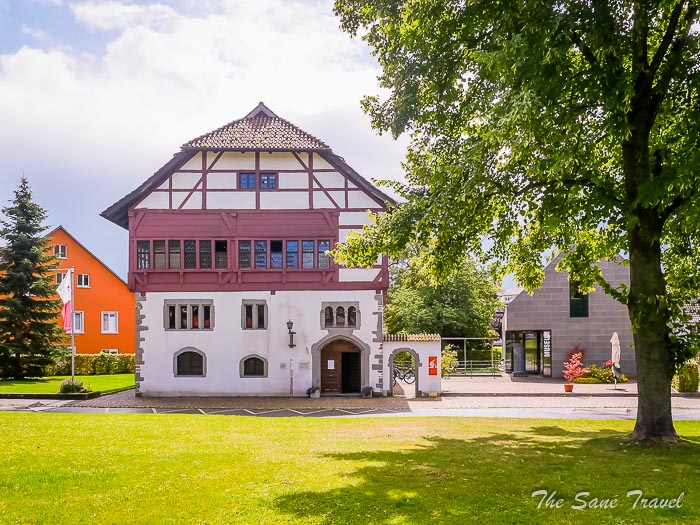
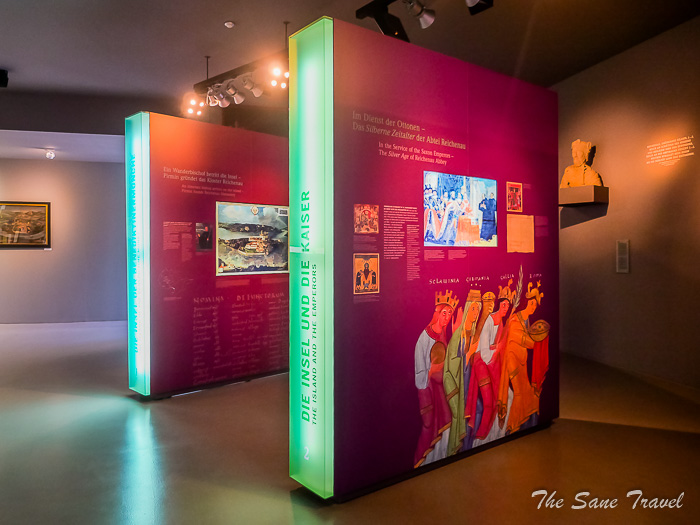
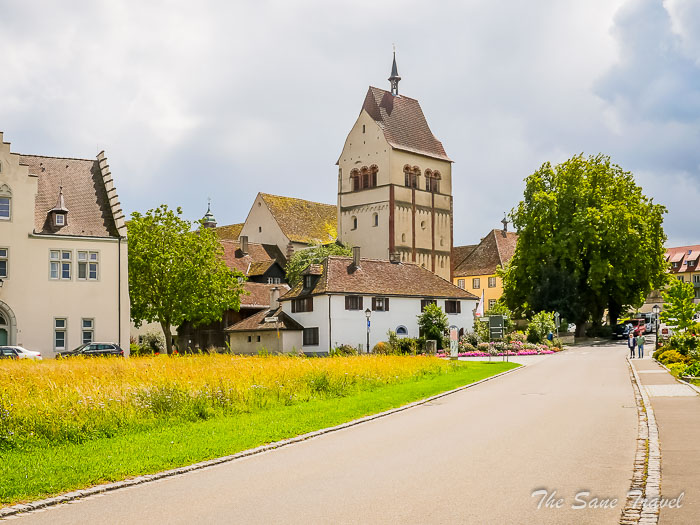
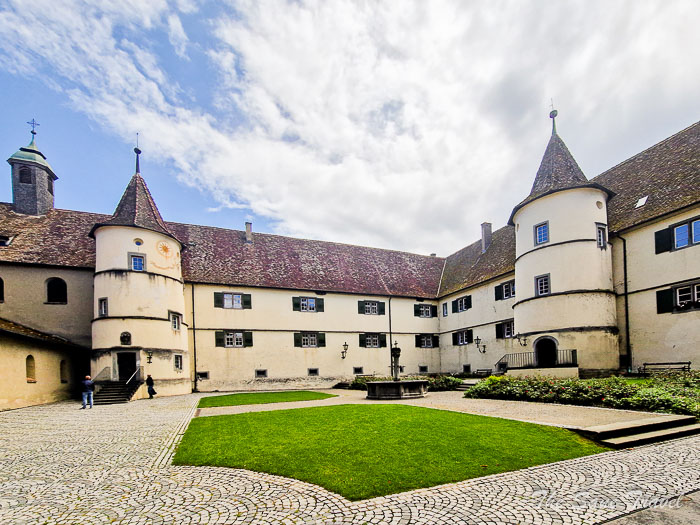
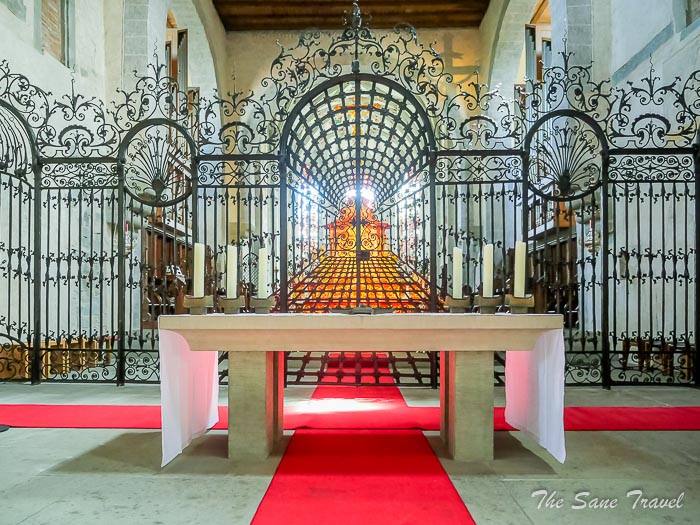
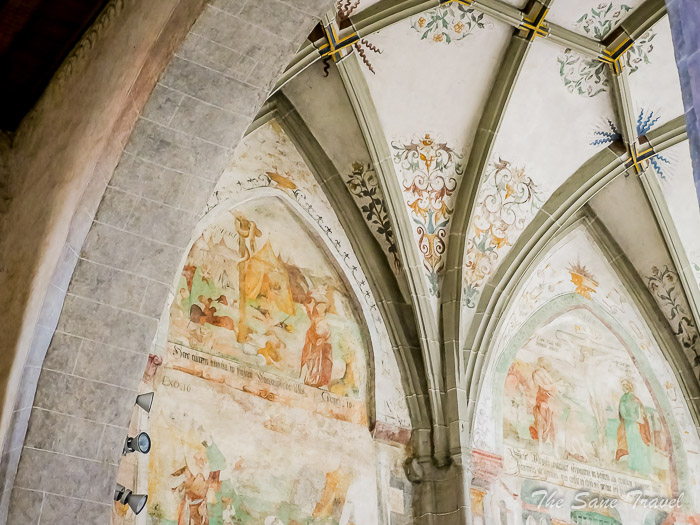
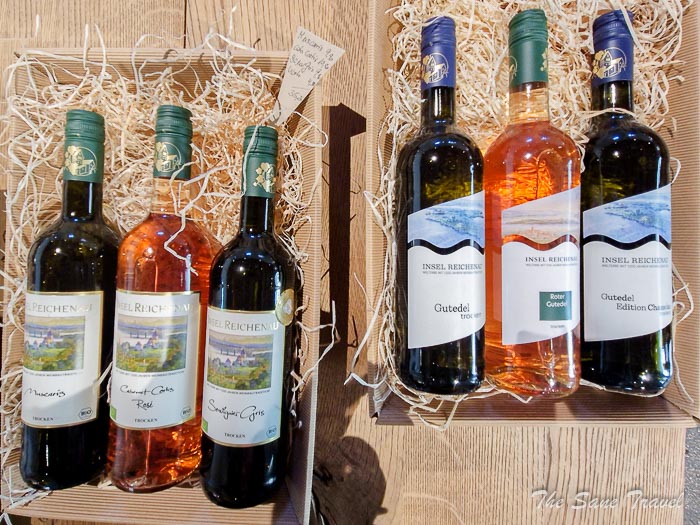
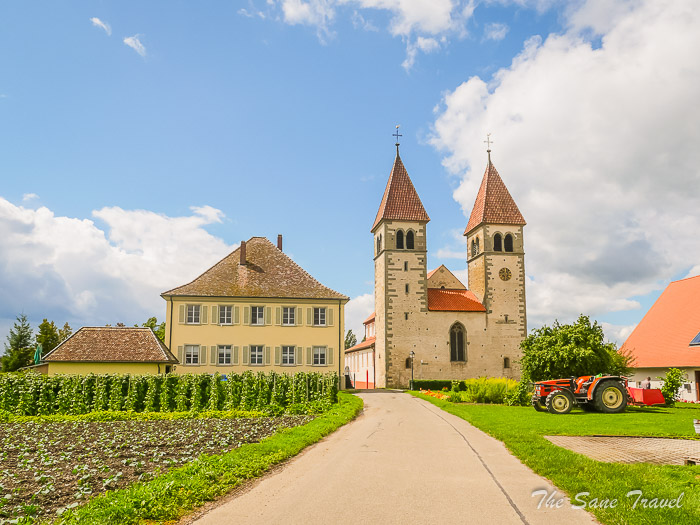
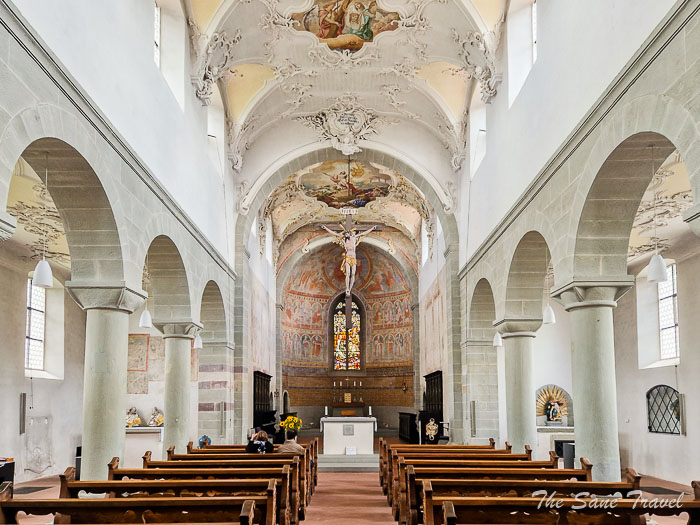
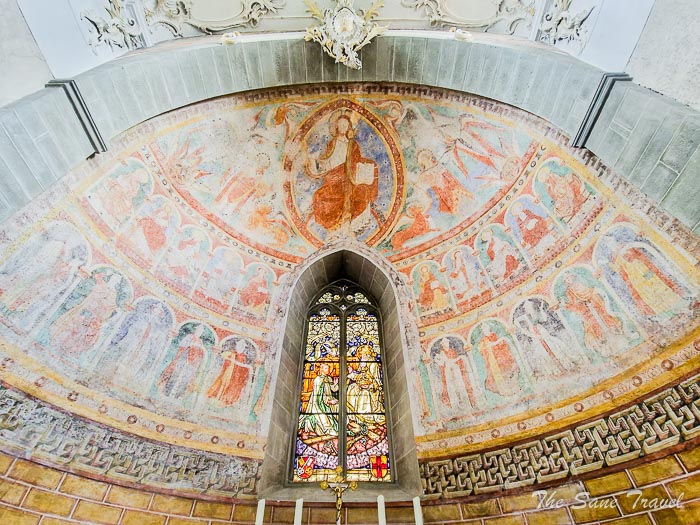
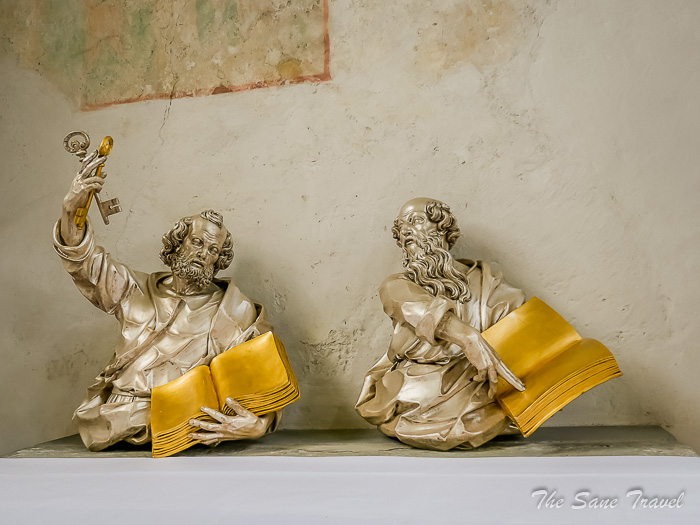
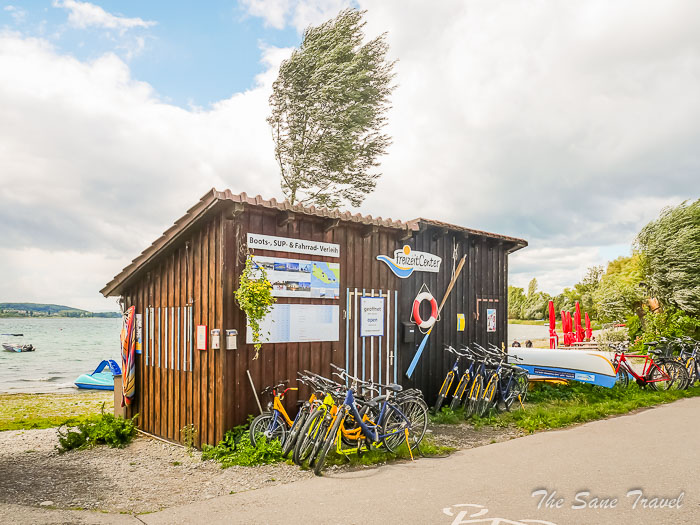
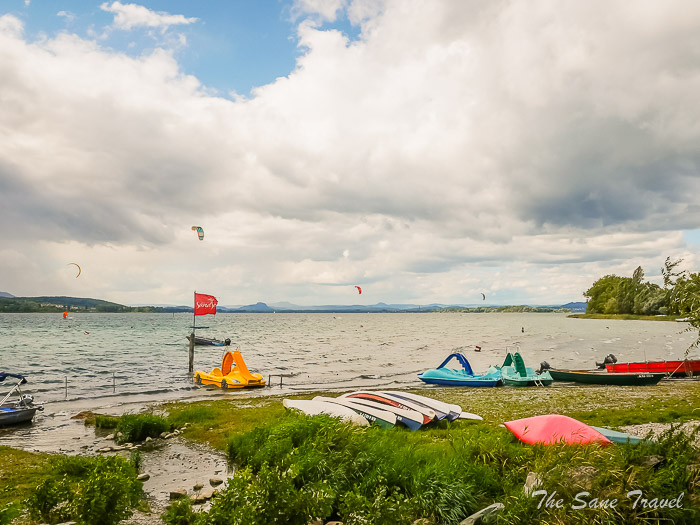
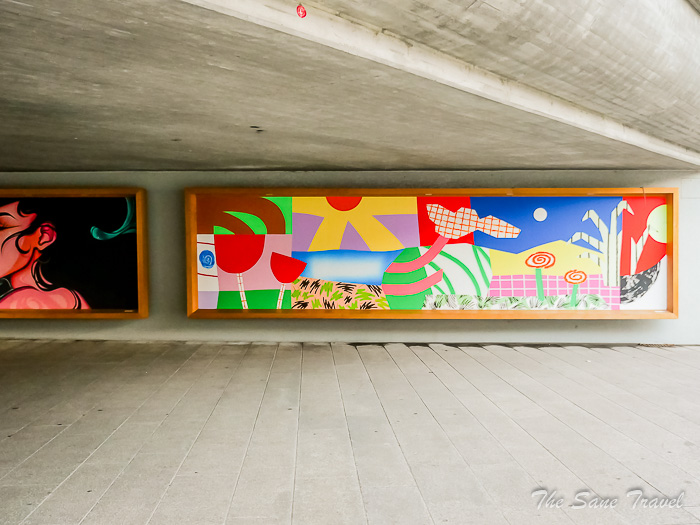
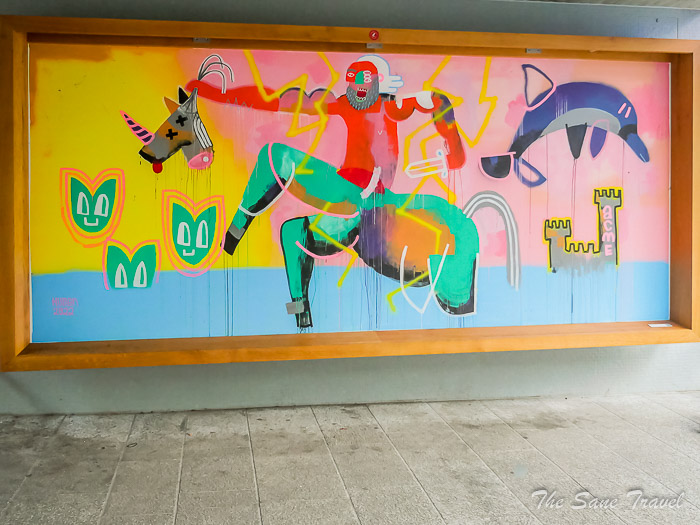
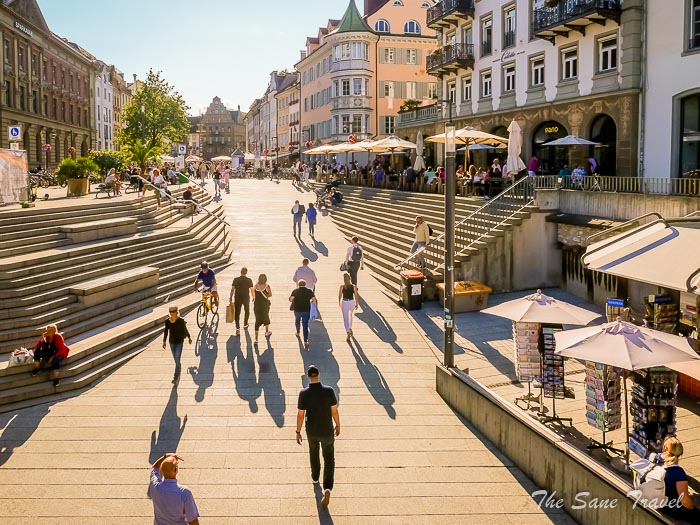
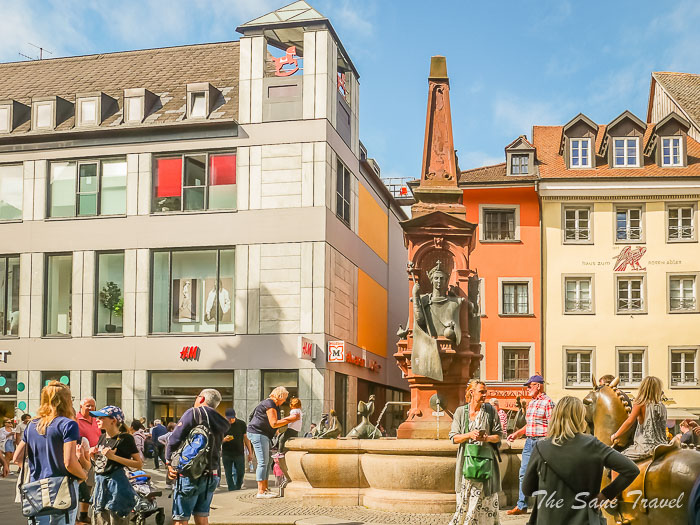
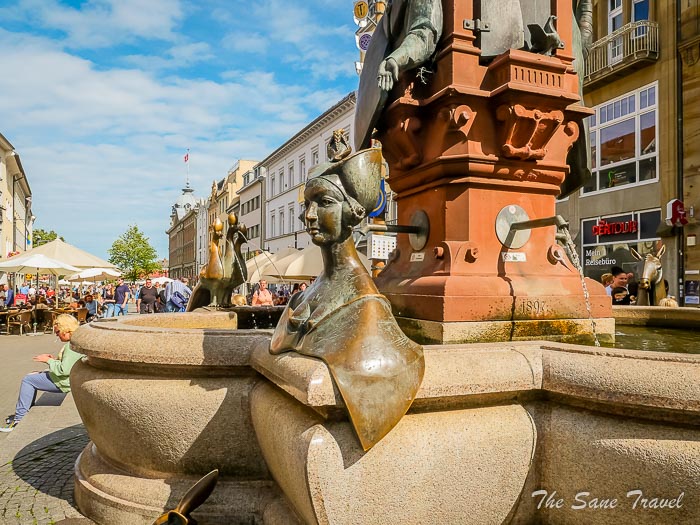
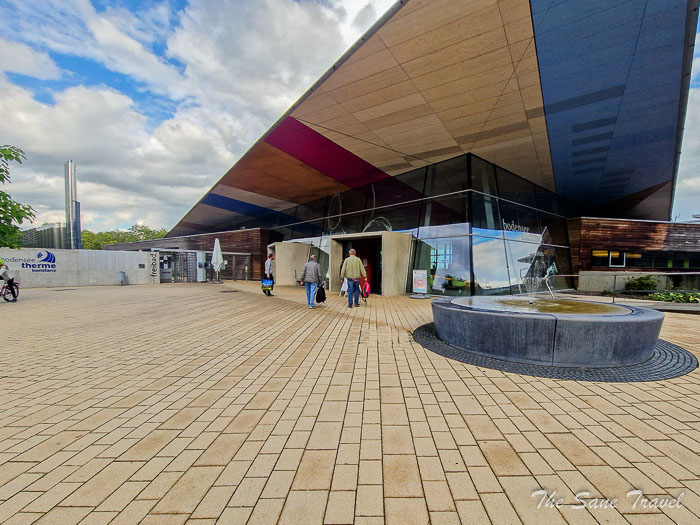
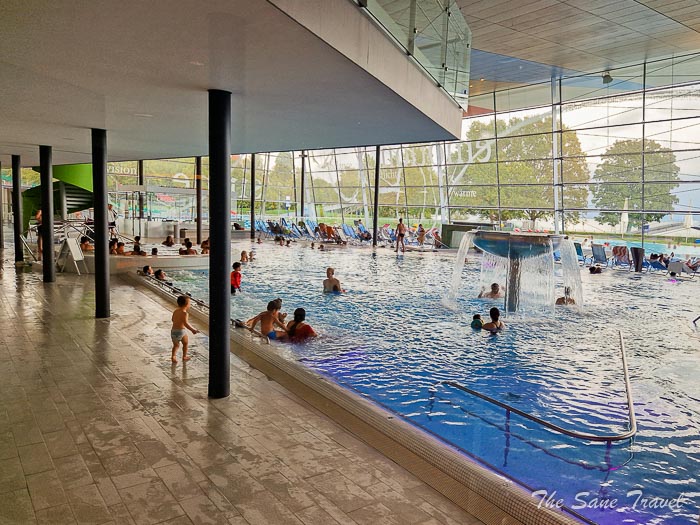
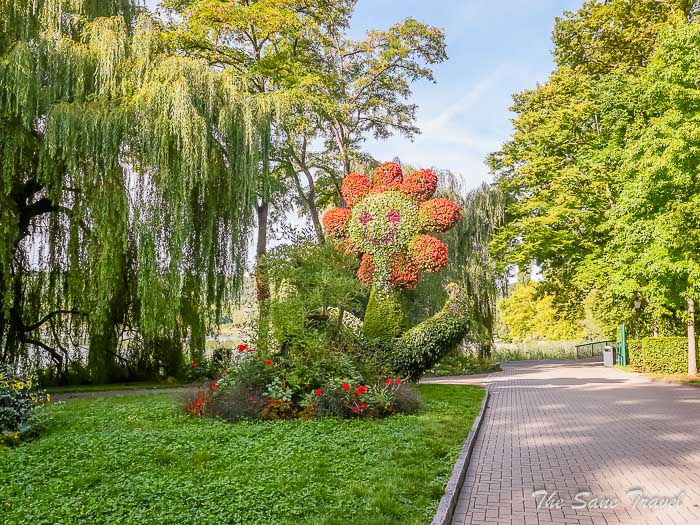
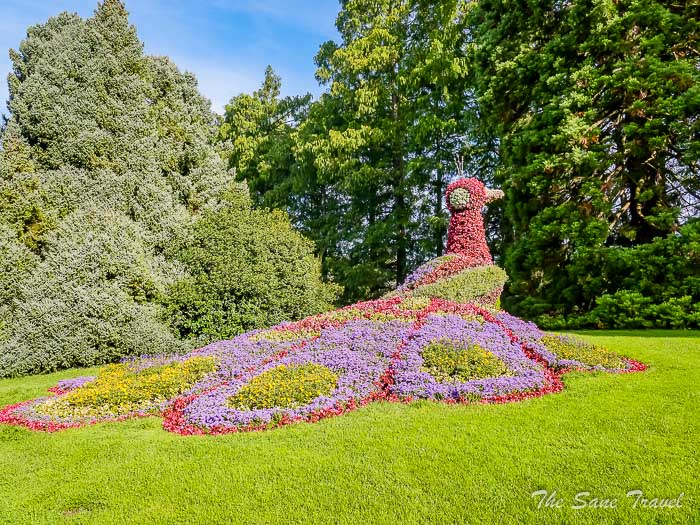
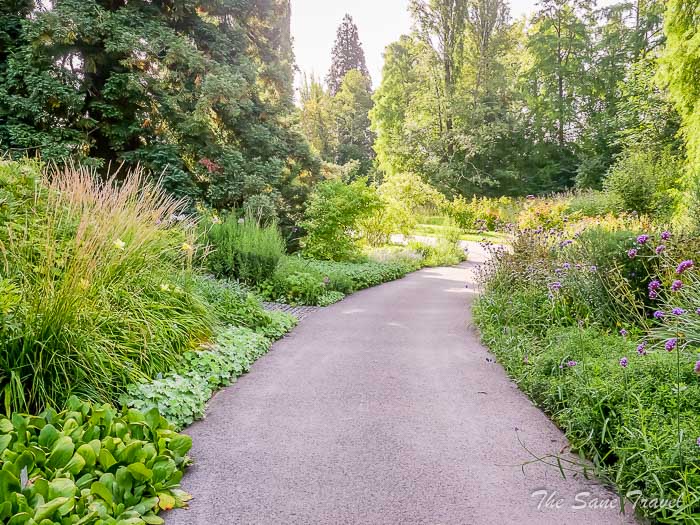
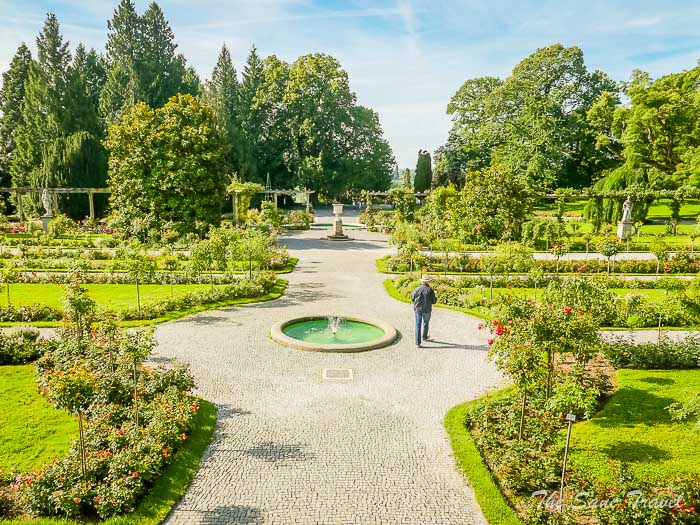
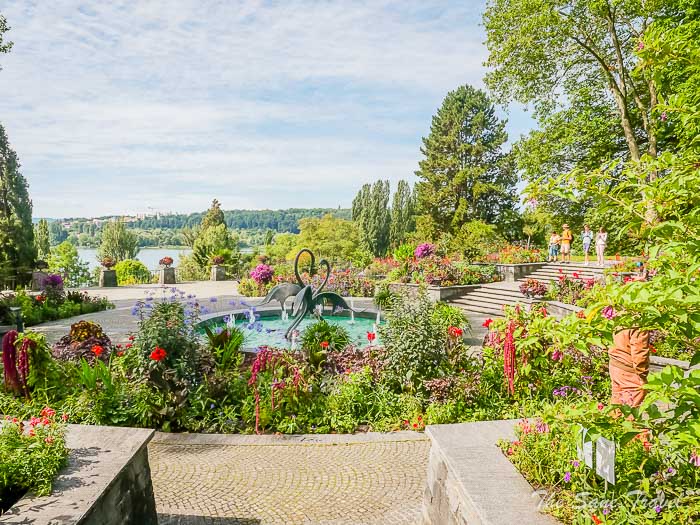
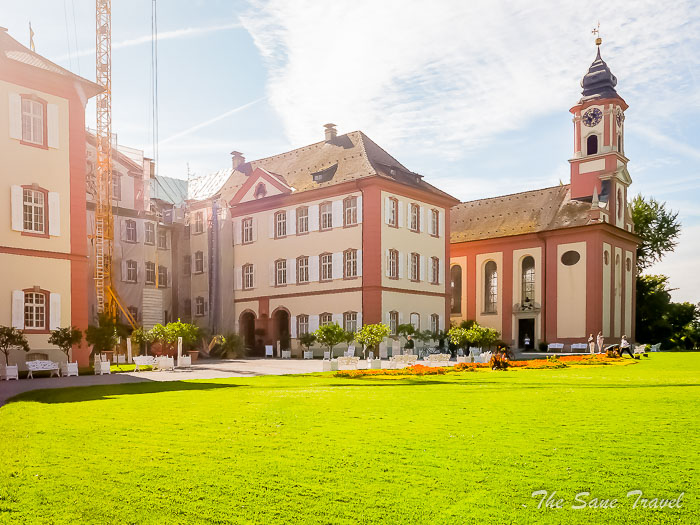
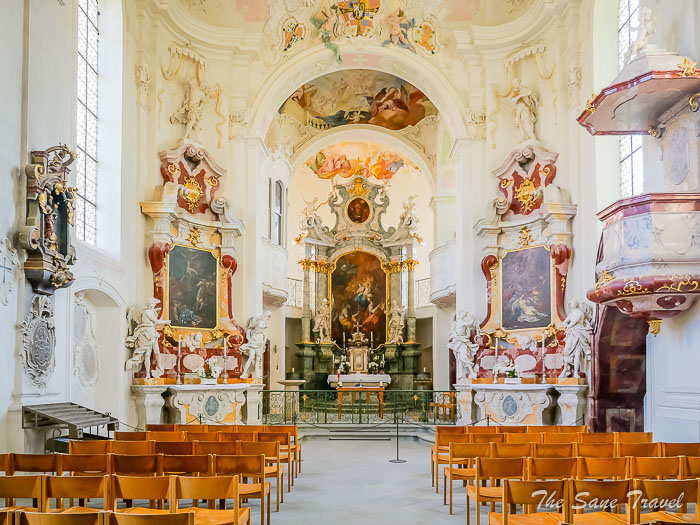
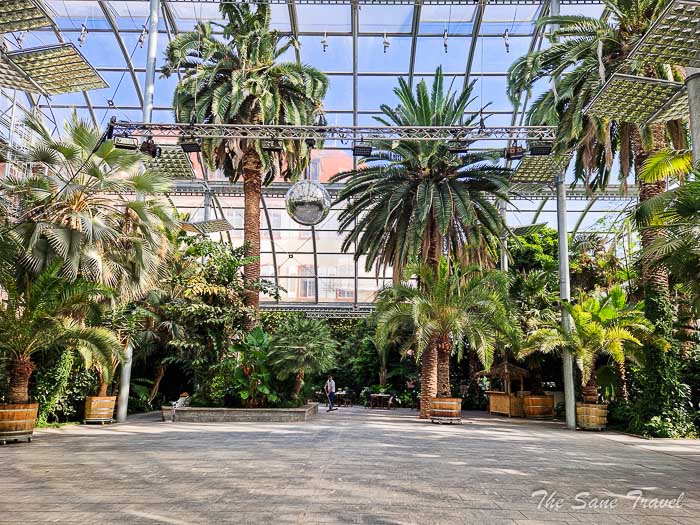
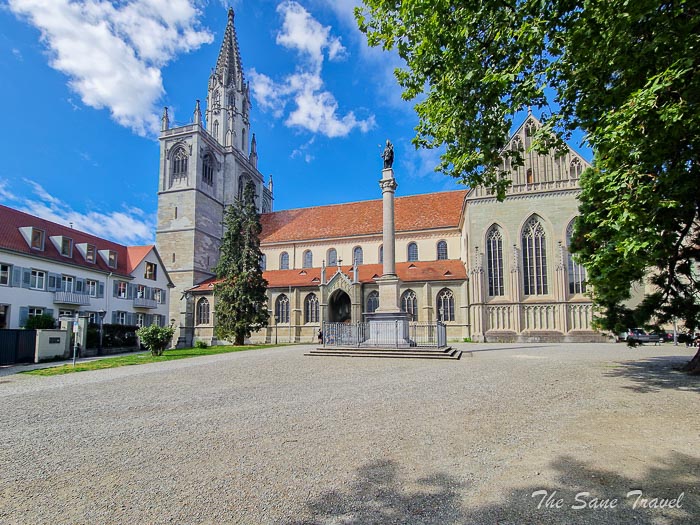
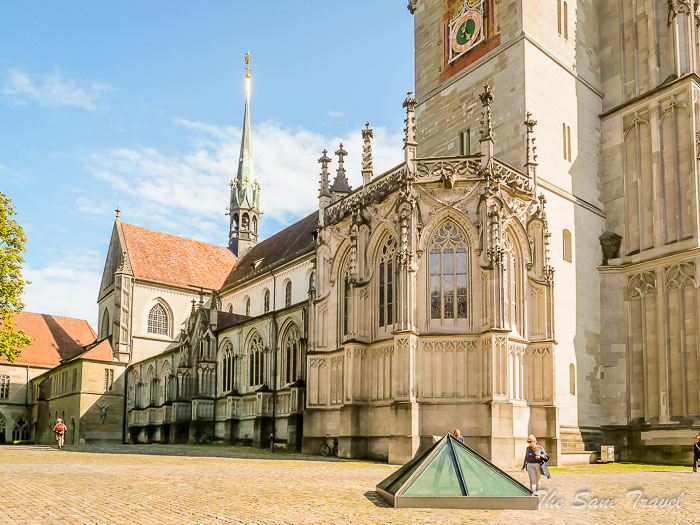
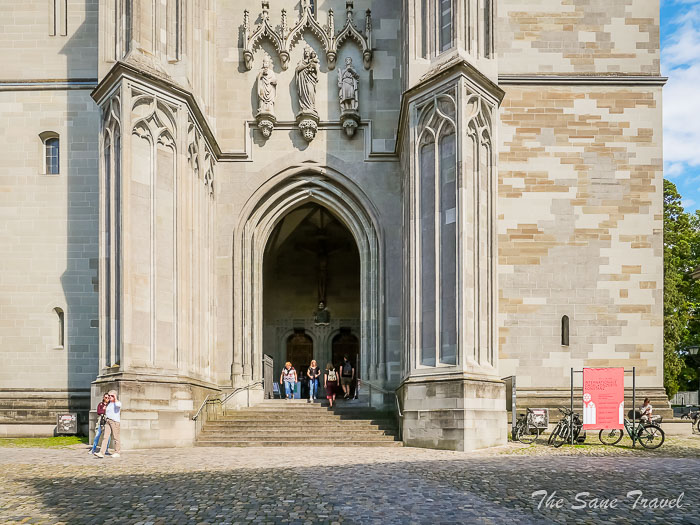
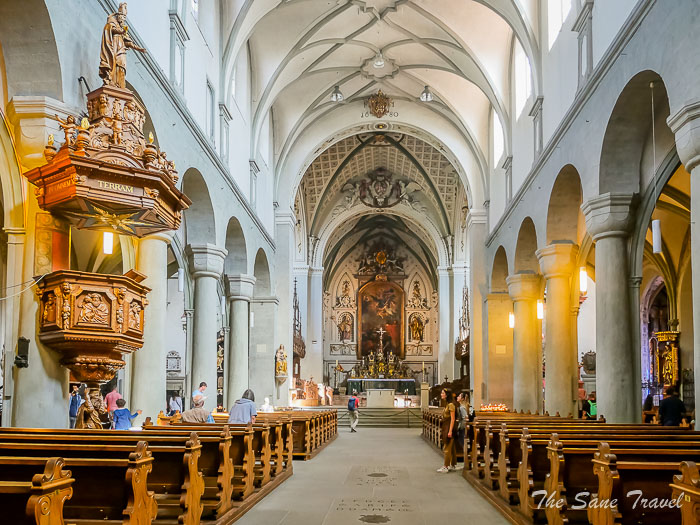
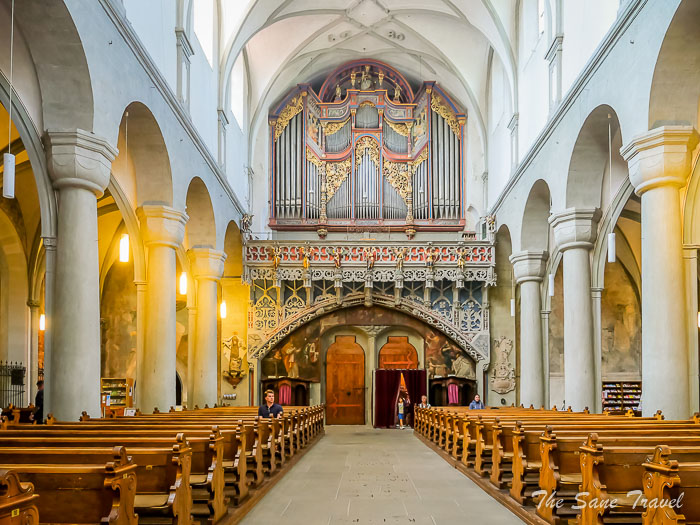
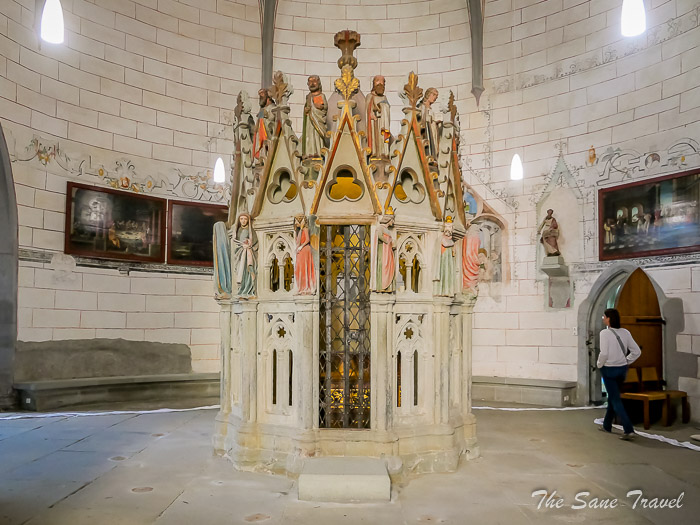
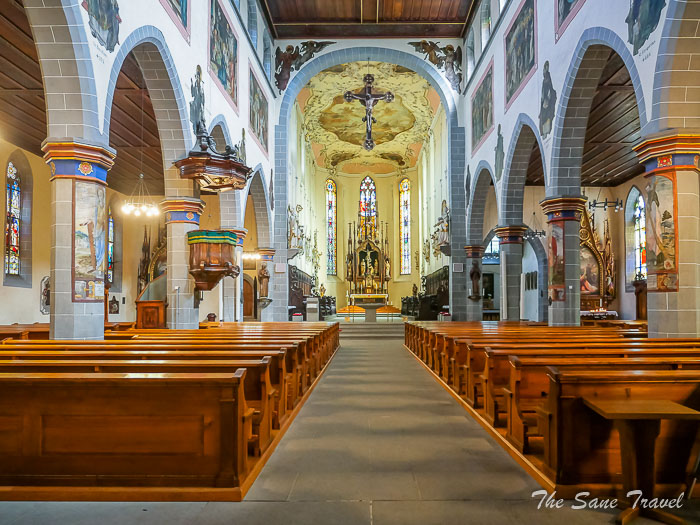
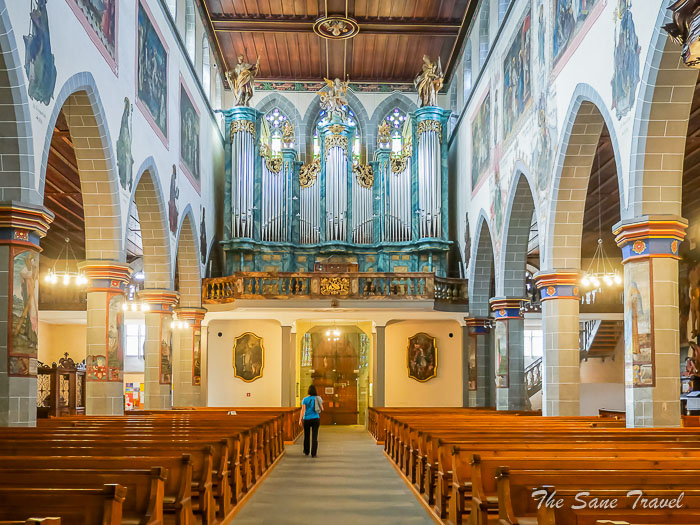
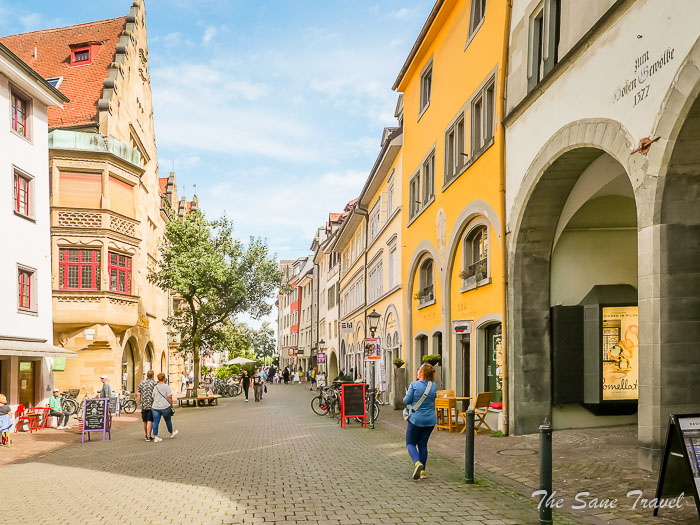

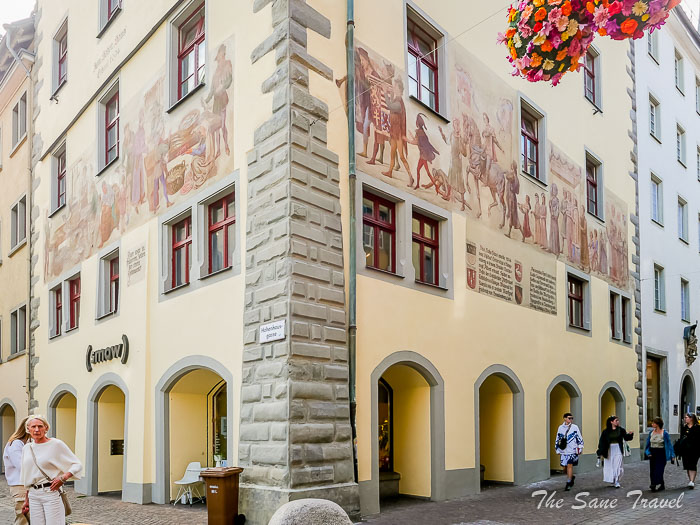
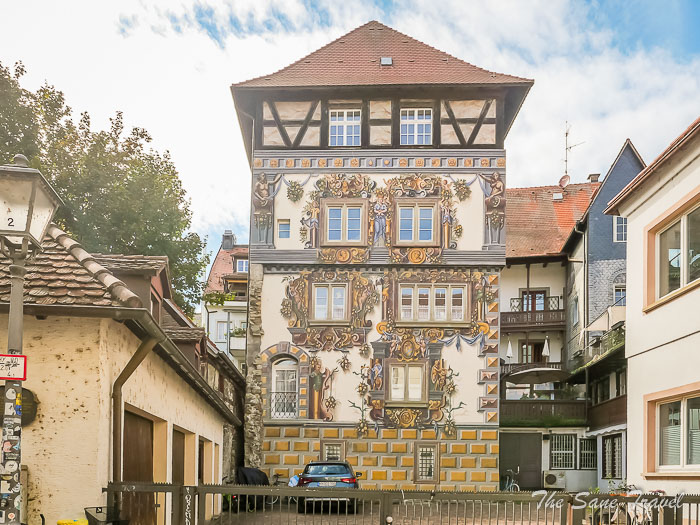
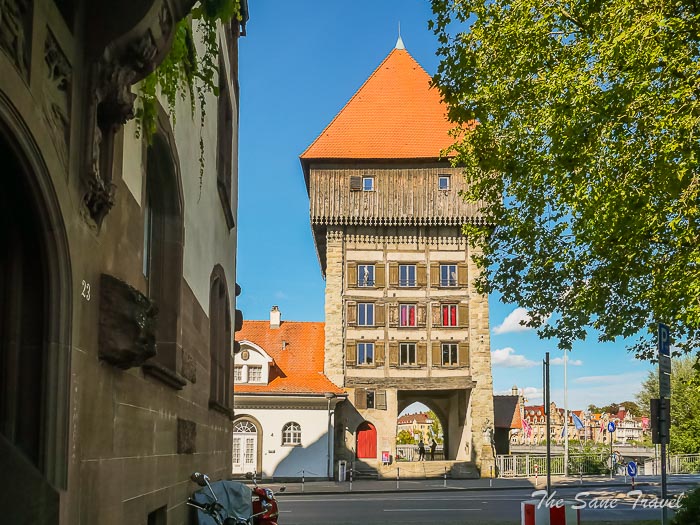
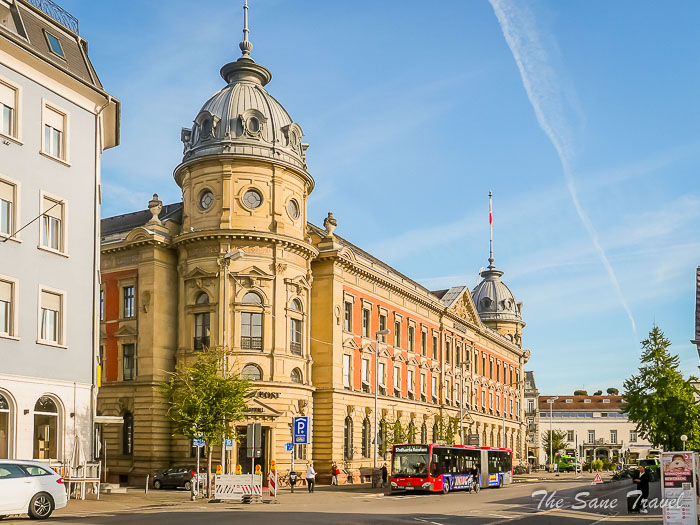
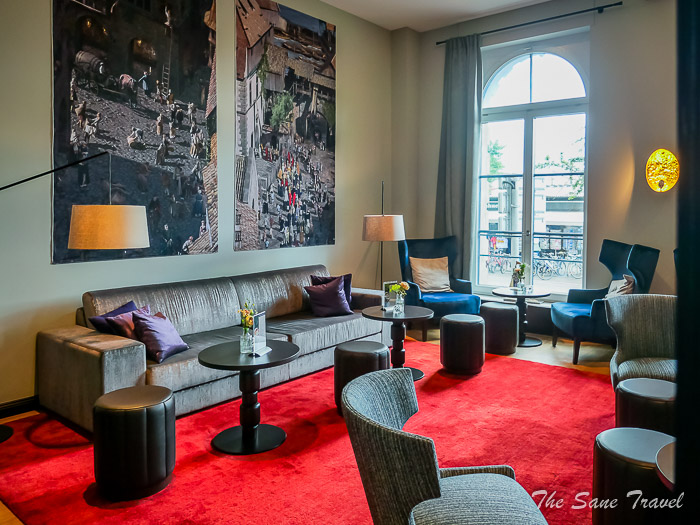
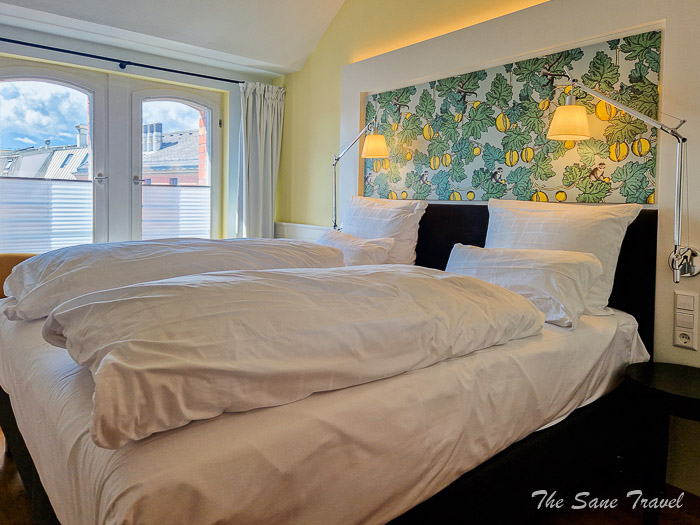
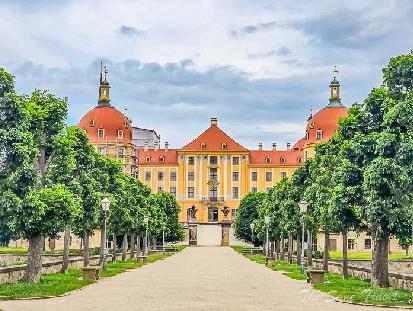
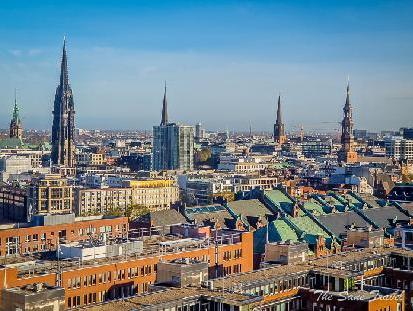
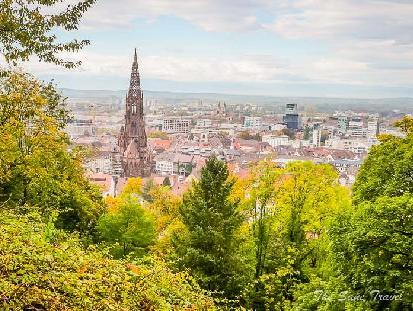
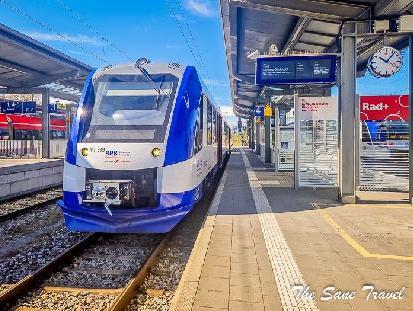
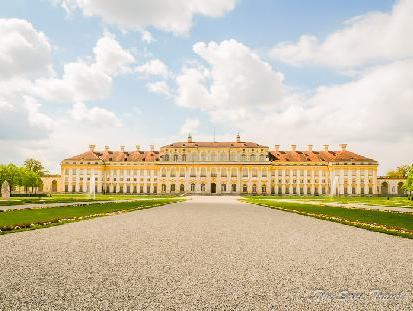
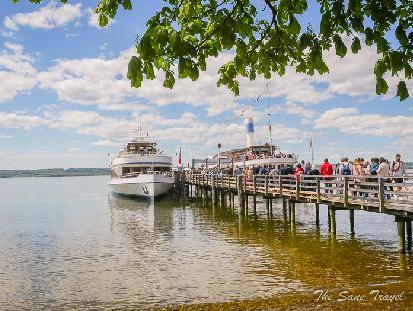
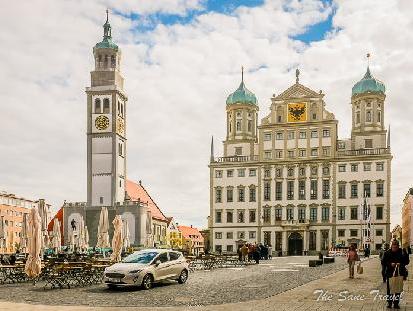
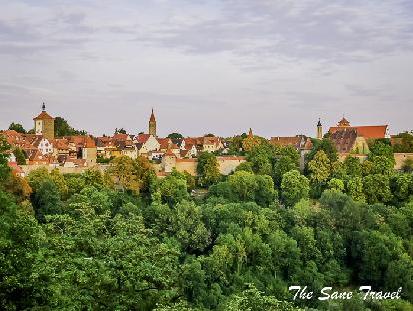
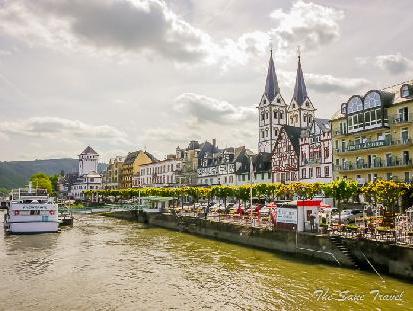
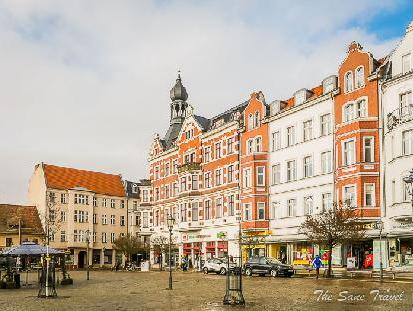
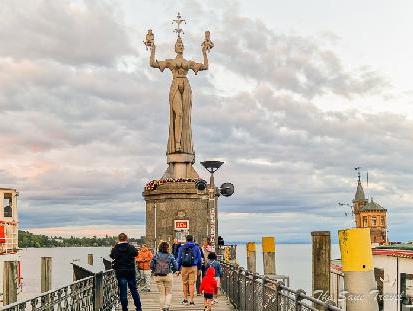
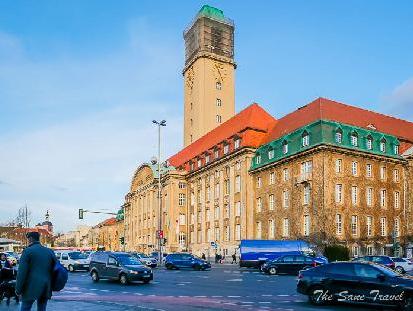

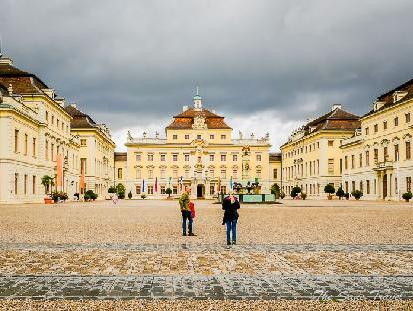
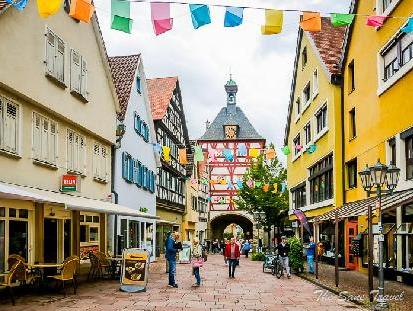
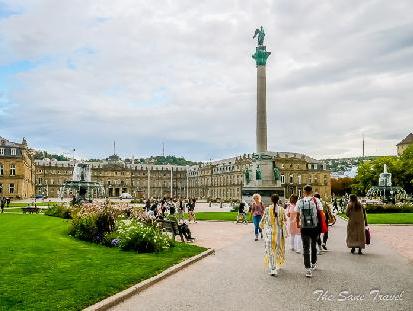

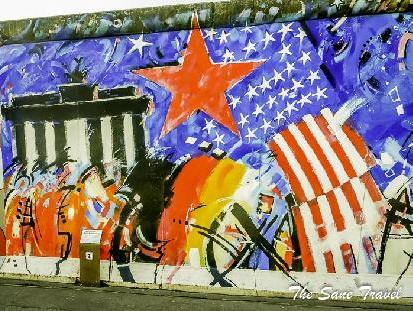
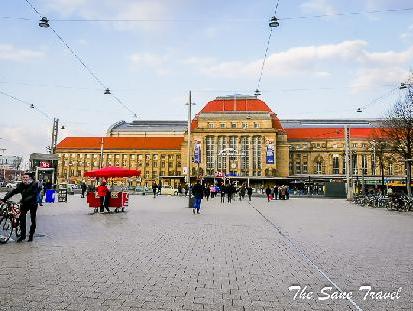
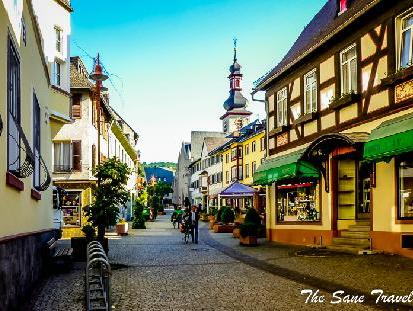
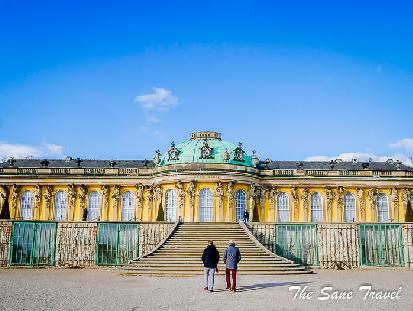
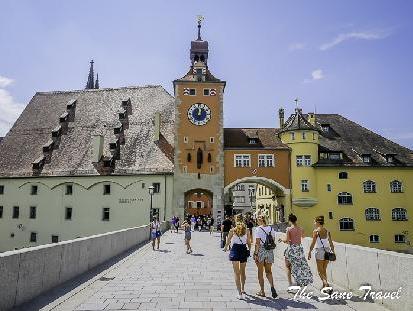
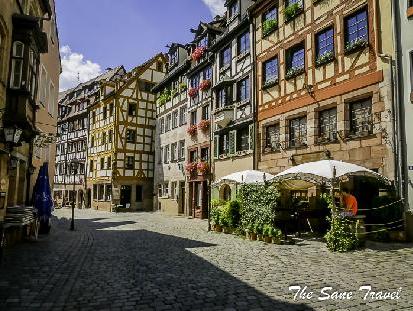
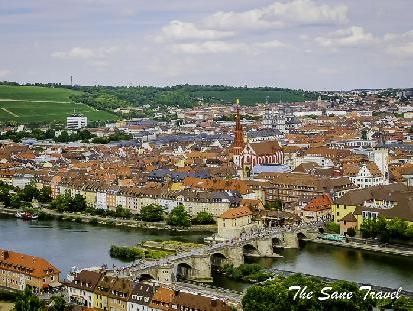
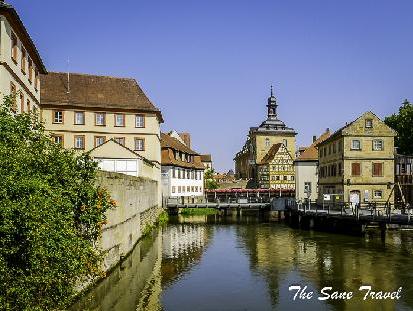
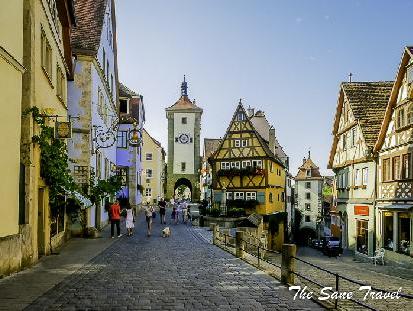
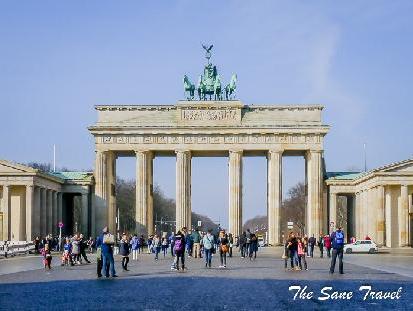
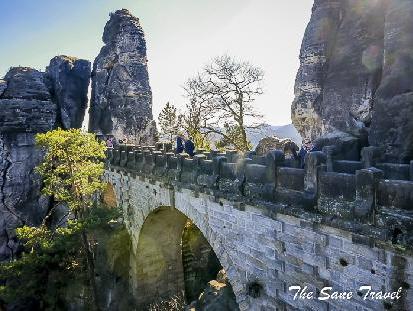
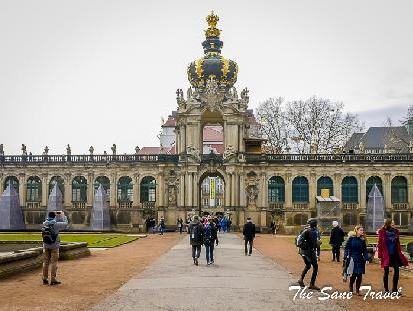
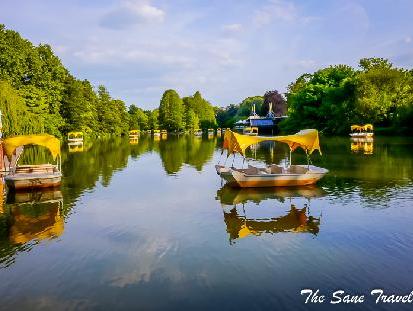
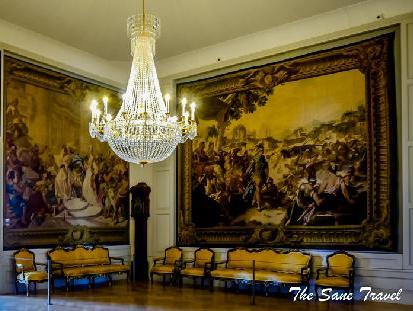
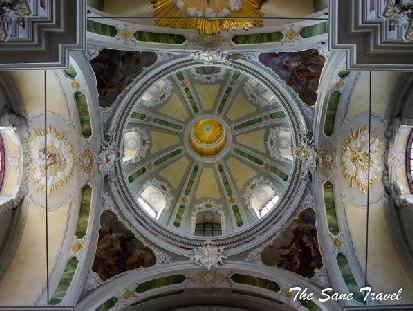
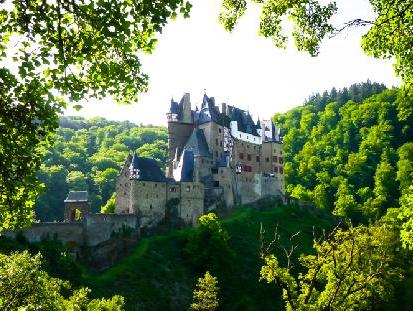
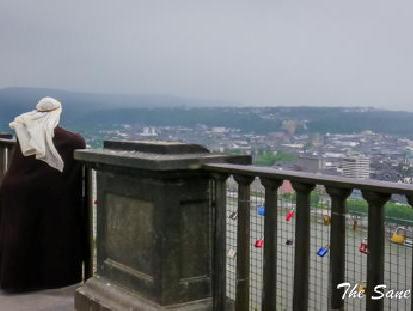
Report
My comments